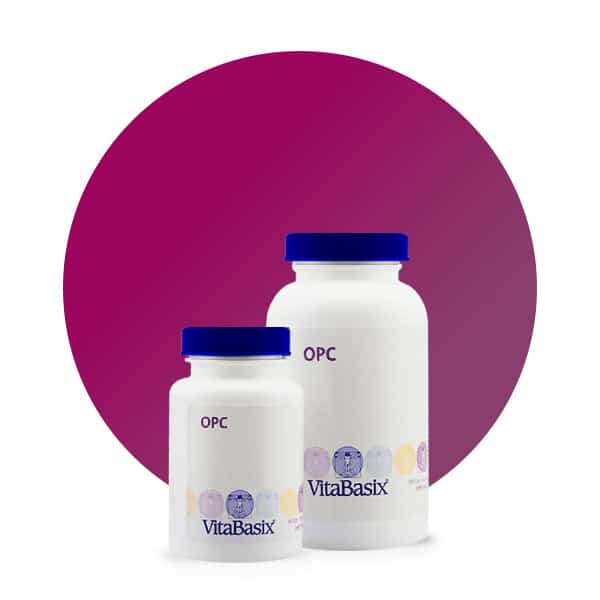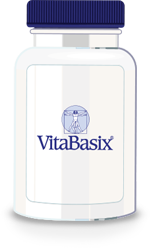Among all potentially harmful environmental influences, free radicals are considered the “bad guys” and are the main culprits in the negative manifestations of ageing.
Free radicals are molecules that are in a state of disequilibrium; therefore they are very reactive and volatile. They are constantly trying to form new compounds in order to reach chemical equilibrium.
Thus, they are also necessary in some respects because they are used by the defense cells of the immune system to fight pathogens. However, if the levels of free radicals in the body are too high, they trigger an oxidation process that also attacks and destroys healthy cells.
Normally, the human body uses its own enzymes to regulate the formation of free radicals and limit their number at any given time. However, many environmental influences such as cigarette smoke, radiation and poor diet can cause an excess of these molecules.
Catechins – different substances that all belong to the group of polyphenols – are synthesized by many plants, including grapes, cranberries, blueberries, maple, pine, red haw, hawthorn and legumes. Parsley and peanut shells also contain catechins. These secondary plant compounds tend to form chemical bonds with each other. When this happens, the resulting compounds are called oligomeric procyanidins or OPC.
OPC has been shown to not only have similar effects to vitamin C and vitamin E in terms of cell-protective effects, but that it probably even enhances the actual vitamin effects.
Although OPC is found in many plants, it is almost impossible to obtain sufficient amounts of this nutrient from food, as it is mainly found in the corresponding shells, pods or kernels/seeds. OPC must therefore be extracted industrially if it is to be taken in a targeted manner.
If the absorption of OPC through the diet is not sufficient or there is an increased need, these nutrients can be supplemented through special food supplements.






 Chronobrands
Chronobrands



Reviews
There are no reviews yet.